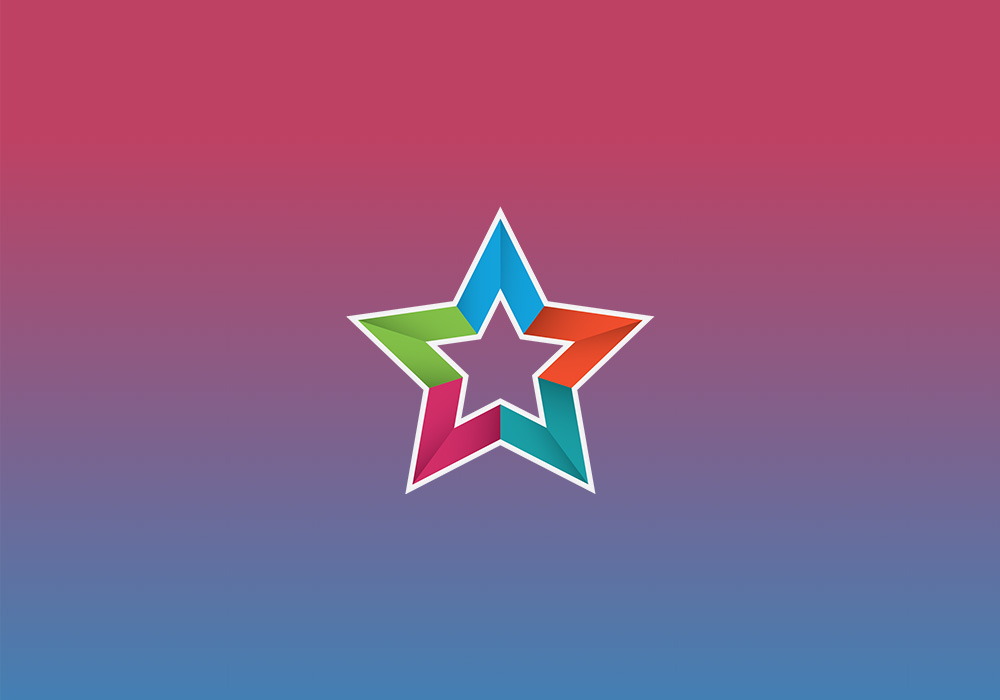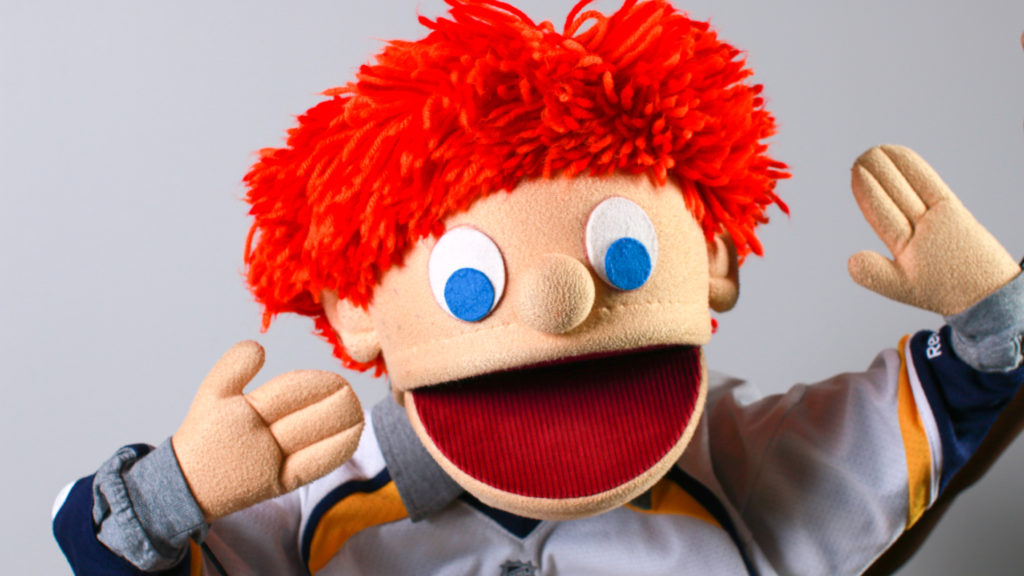There’s a person there.
In 1977 Kids on the Block was created from one teacher’s vision and determination to have her students with special needs integrate into the “regular” classroom with the least amount of fear and rejection as possible. She made a puppet that resembled one of her students after he had told her that the kids were making fun of him for being different because he was in a wheelchair. She took her handmade puppet who was also in a wheelchair and did a skit for the regular classroom about what is like to have cerebral palsy. She put the puppet away and asked the kids if they had questions for her but they didn’t…they had questions for the puppet, Mark Riley.
She put Mark back on her hand and took the students’ questions and answered through Mark. She discovered as every hand went up, a barrier came down. Once the students learned about Mark, they were not afraid anymore and the teasing stopped. They could easily ask Mark questions they may have been uncomfortable asking their peers.
From this discovery, Kids on the Block was founded and many more puppets were created all of whom have their own unique characteristics and spread awareness about all types of differences. The mission grew from just awareness of disabilities to a variety of topics on different health and social issues that affect kids’ lives. The main theme in all of Kids on the Block programs is that we should all accept people for who they are regardless of their differences.
Mark Riley and his friends are still teaching kids all over the world 40 years later!
Parents and Educators: Here are some tips from Mark!
- It’s ok to ask questions about disabilities!
- Kids are naturally curious and observant of differences. Let them know why someone might be in a wheelchair or using a white cane with the language they can understand. Once they have the knowledge, they usually aren’t afraid anymore.
- It’s ok to look!
- Avoid shaming your child for looking at something new such as a wheelchair or a prosthetic limb. It’s hard NOT to notice. If your child tends to have a tendency to stare, gently remind them that there is a person in the wheelchair and they have feelings and might get uncomfortable being stared at. But looking is OK! It’s better to look and acknowledge someone than to pretend like that person isn’t even there!
- I am not my disability!
- Try to always use language such as, “the kid who is blind” instead of, “the blind kid.” Remember a person may have a disability but it is just a small part of who they are.
- Having a disability isn’t a weakness!
- It is a difference. People with all sorts of disabilities do most things people without disabilities do…they just do them in a different way!
- Do research together!
- Look up some famous people with disabilities such as Stevie Wonder, Helen Keller, Stephen Hawking and Beethoven who did not let their disabilities stop them from doing amazing things!
- Everyone is different!
- Even people who may have the same disabilities are different! Not everyone with cerebral palsy (CP) uses a wheelchair. Some people with CP can walk and others use crutches and braces. Just remember, everyone is unique!
I’m a regular kid and I like it when people treat me like one. –Mark Riley




